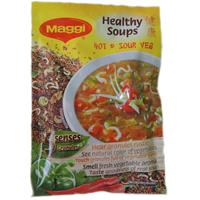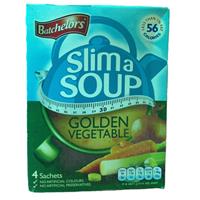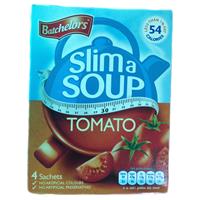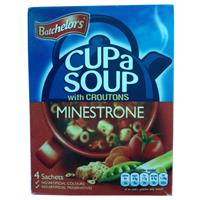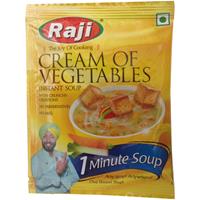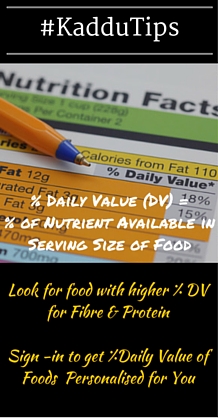
Maggi Hot & Sour Veg Soup
Products in ‘Soup’ category range from 0.5 - 3

Current Product

- Food Sensitivity Alert for MSGMonosodium glutamate (MSG) is the sodium salt of the common amino acid i.e. Glutamic acid, popular for its usage as flavouring agent in Asian Cooking.This glutamate salt is also found naturally in various foods such as tomatoes and cheese as well as ingredients such as hydrolyzed vegetable protein, hydrolysed groundnut protein, autolyzed yeast, hydrolyzed yeast, yeast extract, soy extracts, and protein isolate.Some people are sensitive to MSG having adverse effects such as headache, depression, etc. on regular consumption of this salt. Indian law requires that foods containing Added MSG list it in the ingredient panel on the packaging with the warning that it should not be consumed by infants below 12 months. However, if ingredients that have naturally occurring MSG, are added to the product then the product may not specify in regards to its presence.Pregnant & Lactating women & Infants should avoid Products containing MSG .
- Know your Food- Sugar and its AliasesSome Food Products mask the amount of Added Sugar by using multiple forms of sugar and avoid displaying Sugar as one of the first ingredient. All Ingredient list are in descending order by their weight, so the position of sugar and its aliases can give an indication of the amount of 'Added Sugar'.Though the Nutrition Fact label on the food product gives you the Total Sugar, the regulation does not require the break up between natural and added sugar to be given. Thus, it is important to know the different sources of sugar that may be present in a food product to get an idea of added sugar.At the same time it is important to understand that the body does not distinguish between natural and added sugar, so take note of the Total Sugar in the Nutritional Fact label.Read more about the many different sources of sugar which includes Dextrose, Invert Syrup, Maltodextrin, Honey...
- High in SugarSugar is a source of Instant Energy which if not used mainly by muscles, is stored as Fat.One of the immediate side effects of High Sugar diet is insulin surge and increase in fat deposits in the body.Long term use of diets high in sugar are linked to increased risk for diabetes, obesity and contributes to cravings, mood swings, PMS, and a host of other conditions. Also, some studies suggest that its not FAT but sugar that is the cause for higher intake calorie and excess weight gain. Now no need to go to other extreme and drop sugar completely from your diet.So, it is better to limit the consuming products like these which are high in sugar or better still avoid them.
- Highly Processed!Additives are added to the packaged foods for different reasons varying from increasing shelf life, to provide flavour and texture, increasing nutrition quality or required to manufacture some types of food.One of the ways to determine the degree of Processing is the number of additives you find in the ingredient list. The higher the number of additives greater is the degree of processing. Additives can be identified by looking for ingredients that begin with 'E' and have a number in them.It is generally recommended that food that is closer to nature is better hence it is better to choose food products with lesser number of additives.
Disclaimer:Product Analysis is based on general practices in the field of Nutrition. Please check with or consult a qualified and licensed medical professional for its suitability to you.

